Bank of Canada Rate Announcement Sept 7th, 2016
The Bank of Canada today announced that it is maintaining its target for the overnight rate at 1/2 per cent. The Bank Rate is correspondingly 3/4 per cent and the deposit rate is 1/4 per cent.
Global growth in the first half of 2016 was slower than the Bank had projected in its July Monetary Policy Report (MPR), although the Bank continues to expect it to strengthen gradually in the second half of this year. The US economy was weaker than expected in the second quarter, notably reflecting a contraction in business and residential investment. While a healthy labour market and solid consumption should remain supportive of growth in the rest of the year, the outlook for business investment has become less certain. Meanwhile, global financial conditions have become even more accommodative since July.
While Canada’s economy shrank in the second quarter, the Bank still projects a substantial rebound in the second half of this year. Second-quarter GDP was pulled down by the Alberta wildfires in May and by a drop in exports that was larger and more broad-based than expected. Exports disappointed even after accounting for weaker business and residential investment in the United States, adjustments in the resource sector, and cutbacks in auto production. The economy is expected to rebound in the third quarter as oil production recovers, rebuilding commences in Alberta, and consumer spending gets an additional lift from Canada Child Benefit payments. As federal infrastructure spending starts to have more impact, growth in the fourth quarter is projected to remain above potential. While the strength in exports during July was encouraging, the ground lost over previous months raises the possibility that the profile for economic activity will be somewhat lower than anticipated in July.
Inflation is roughly in line with the Bank’s expectations. Total CPI inflation is below the 2 per cent target, mainly because of the temporary effects of lower consumer energy prices. Measures of core inflation remain around 2 per cent, reflecting offsetting effects of excess capacity and past exchange rate depreciation.
On balance, risks to the profile for inflation have tilted somewhat to the downside since July. At the same time, while there are preliminary signs of a possible moderation in the Vancouver housing market, financial vulnerabilities associated with household imbalances remain elevated and continue to rise. The Bank’s Governing Council judges that the overall balance of risks remains within the zone for which the current stance of monetary policy is appropriate, and the target for the overnight rate remains at 1/2 per cent.
Here are the remaining announcement dates for 2016.
- Wednesday 7 September
- Wednesday 19 October*
- Wednesday 7 December
Here are the announcements dates set our for 2017.
- Wednesday 18 January *
- Wednesday 1 March
- Wednesday 12 April *
- Wednesday 24 May
- Wednesday 12 July *
- Wednesday 6 September
- Wednesday 25 October *
- Wednesday 6 December
*Monetary Policy Report published
All rate announcements will be made at 10:00 (ET) , and the Monetary Policy Report will continue to be published concurrently with the January, April, July and October rate announcements.
Recent Posts



Contact Me Anytime!
The best way to get ahold of me is to submit through the contact form below. However feel free to give me a shout on the phone as well.



